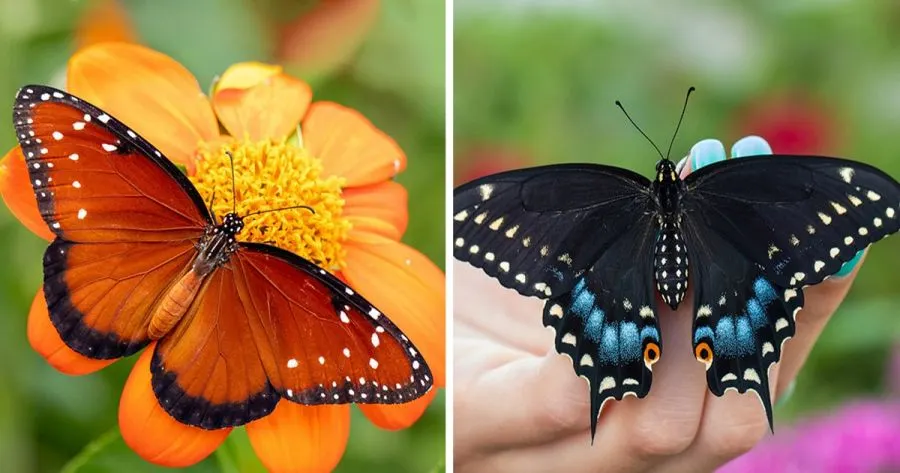คู่รักฟลอริดาบันทึกภาพผีเสื้อที่มาเยือนสวนที่พวกเขาสร้างขึ้นเพื่อพวกเขาโดยเฉพาะ
คู่สามีภรรยาจากฟลอริดาได้สร้างสวนผีเสื้อในสวนหลังบ้านของพวกเขาซึ่งพวกเขามีพืชน้ำหวานจำนวนมากและยังเป็นที่เลี้ยงผีเสื้อ พวกเขายังเกิดขึ้นจะเป็นช่างภาพงานอดิเรกเพื่อให้พวกเขาเอกสารผีเสื้อที่เข้าเยี่ยมชมสวนของพวกเขาผ่านภาพที่น่ากลัวว่าพวกเขามีส่วนร่วมใน Instagram ของพวกเขาบัญชีผีเสื้อในสวนของผม ด้วยความคิดริเริ่มนี้เป้าหมายของพวกเขาคือการสร้างความตระหนักถึงความสำคัญและความสวยงามของผีเสื้อและยังสนับสนุนให้ผู้คนสร้างสวนของตัวเองเพื่อช่วยเหลือพันธุ์ผีเสื้อที่กำลังดิ้นรนและแมลงที่เป็นประโยชน์อื่น ๆ
เราติดต่อ Lili และ Luis และนี่คือสิ่งที่พวกเขาพูดถึงความสำคัญของผีเสื้อ:
“ ผีเสื้อน่าจะเป็นแมลงที่ชื่นชอบมากที่สุดและความงามของมันได้รับความสนใจจากผู้คนมากมายทั่วโลก และง่ายต่อการดูว่าทำไม การเปลี่ยนแปลงของพวกมันจากหนอนผีเสื้อไปจนถึงผีเสื้อตัวเต็มวัยนั้นช่างน่าอัศจรรย์ พวกเขามีความสำคัญอย่างยิ่งเพราะในฐานะที่เป็นแมลงผสมเกสรช่วยให้พืชขยายพันธุ์โดยการถ่ายโอนละอองเรณูระหว่างกัน พวกเขายังเป็นแหล่งอาหารที่สำคัญสำหรับสัตว์อื่น ๆ โดยเฉพาะในช่วงระยะตัวอ่อนของพวกมัน ตัวอย่างเช่น นกจำนวนมากพึ่งพาตัวหนอนเพื่อเลี้ยงลูกของมัน ดังนั้นการจัดหาผีเสื้อคุณจะต้องจัดหาแมลงนกและสัตว์เลี้ยงลูกด้วยนมอื่น ๆ อีกมากมาย แต่ความจริงก็คือ ผีเสื้อกำลังมีปัญหา ตัวเลขของพวกเขาทั่วโลกลดลงในอัตราที่ไม่เคยมีมาก่อน สาเหตุหลักบางประการ ได้แก่ การสูญเสียแหล่งที่อยู่อาศัย การใช้สารกำจัดศัตรูพืช และการเปลี่ยนแปลงสภาพภูมิอากาศ แต่ข่าวดีก็คือคุณสามารถสร้างความแตกต่างได้มากแม้ว่าคุณจะมีเพียงสนามเล็ก ๆ การปลูกพืชพื้นเมืองสองสามชนิด ทั้งน้ำหวานและพืชอาศัย จะช่วยผีเสื้อหลายสิบตัวในพื้นที่ของคุณ รวมทั้งสนับสนุนสิ่งมีชีวิตอื่นๆ อีกมากมายที่มีความสำคัญต่อสิ่งแวดล้อม นอกจากนี้ คุณจะมีที่สำหรับนั่งชมสิ่งมีชีวิตที่น่าตื่นตาตื่นใจและสวยงามเหล่านี้”
ด้านล่างนี้ คุณสามารถดูรูปภาพและวิดีโอของผีเสื้อสายพันธุ์ต่างๆ ที่มาเยือนสวนของพวกมันได้
1. Zebra Heliconian
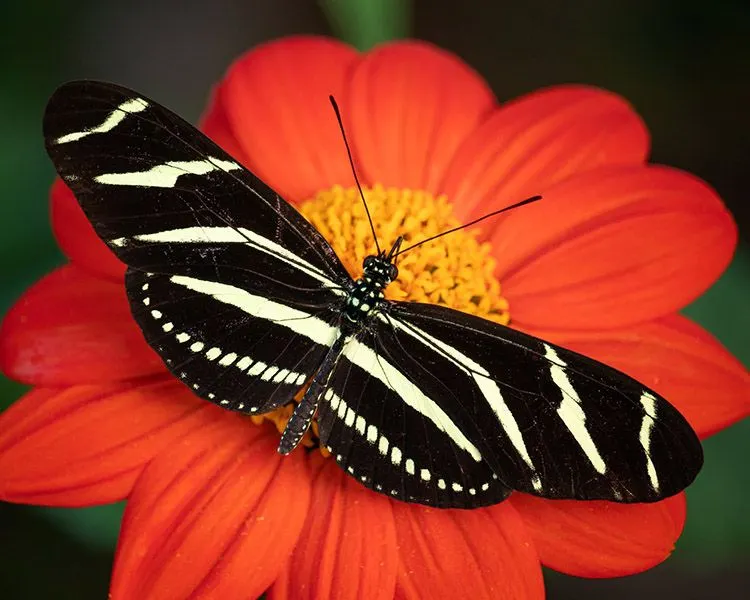
Photo credit: Butterflies In My Garden
Host plant: Passionvines
Wingspan: 2.3 – 4″
Zebras are the state butterfly of Florida. They can be easily attracted by planting passion vines and some nectar sources.
2. Monarch
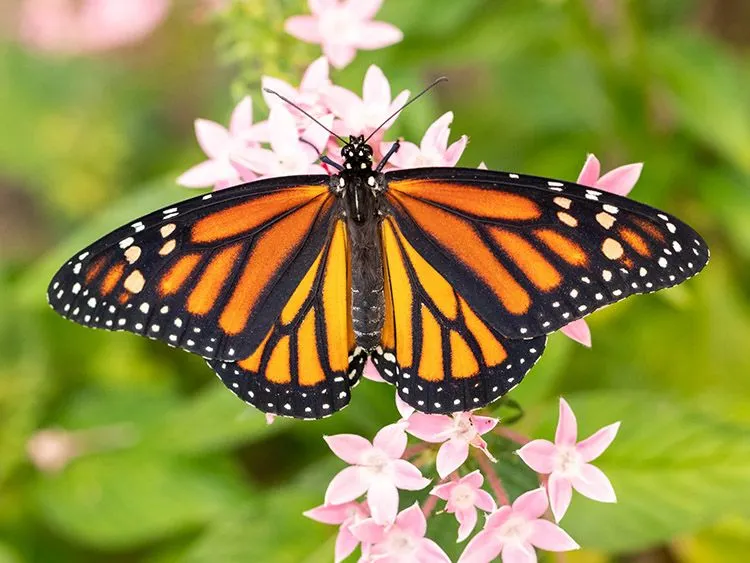
Photo credit: Butterflies In My Garden
Host plant: Milkweeds
Wingspan: 3.4 – 5″
The Monarch butterfly is probably the most known example of butterfly population decline. These amazing creatures make yearly trips of several thousands miles from their breeding locations in the United States and Canada to their overwintering groves in Mexico and California. In the 1990’s it was estimated that half billion monarchs took part in this amazing phenomenon every year. Now, scientists believe that about 50 million monarchs remain (80% drop).
3. Queen
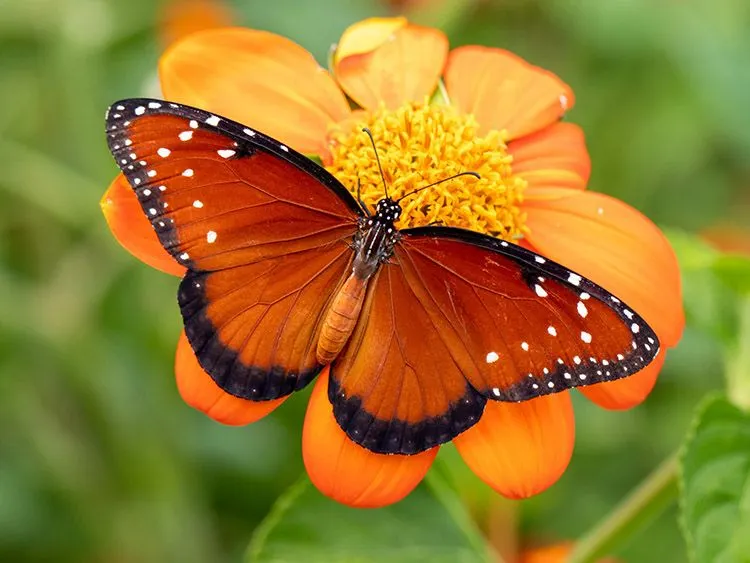
Photo credit: Butterflies In My Garden
Host plant: Milkweeds, whitevine, swallowwort
Wingspan: 3.2 – 3.9″
By planting milkweed to help monarchs, you’ll also be attracting this colorful butterfly.
4. White Peacock
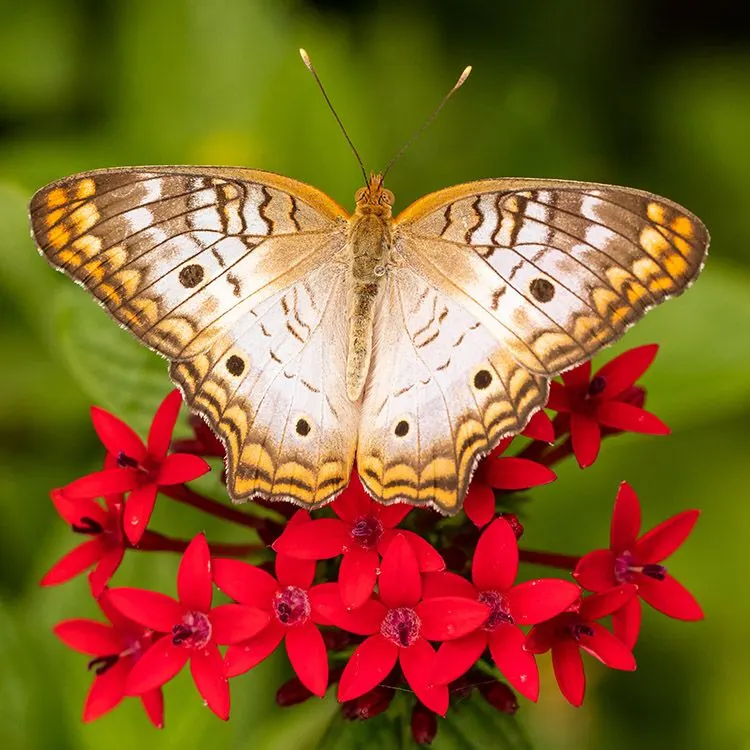
Photo credit: Butterflies In My Garden
Host plant: Waterhyssop, fogfruit
Wingspan: 2.2 – 2.8″
5. Giant Swallowtail
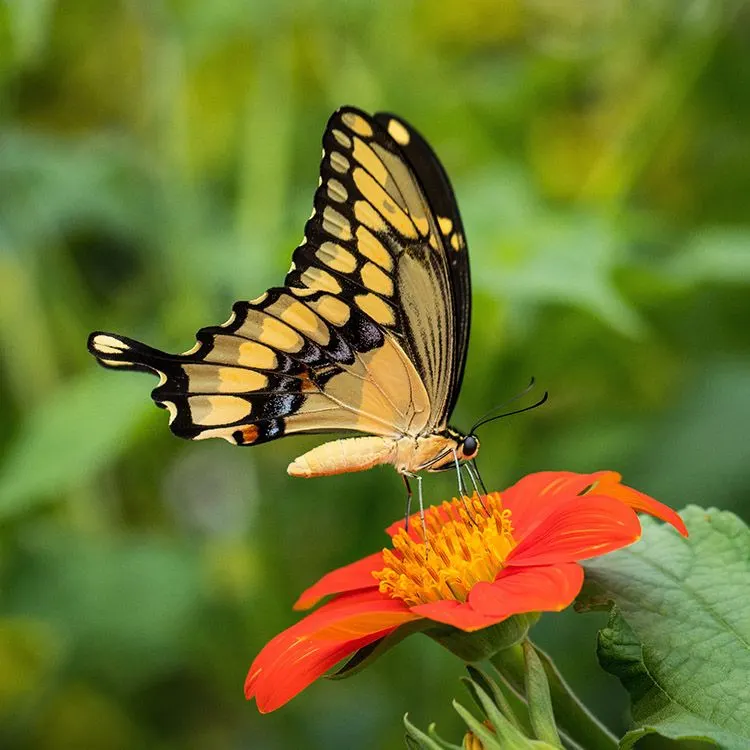
Photo credit: Butterflies In My Garden
Host plant: Wild lime, citrus
Wingspan: 4.1 – 6.2″
The Giant Swallowtail is the largest butterfly of North America, with a wingspan reaching up to 6.2 inches.
6. Orange-Barred Sulphur
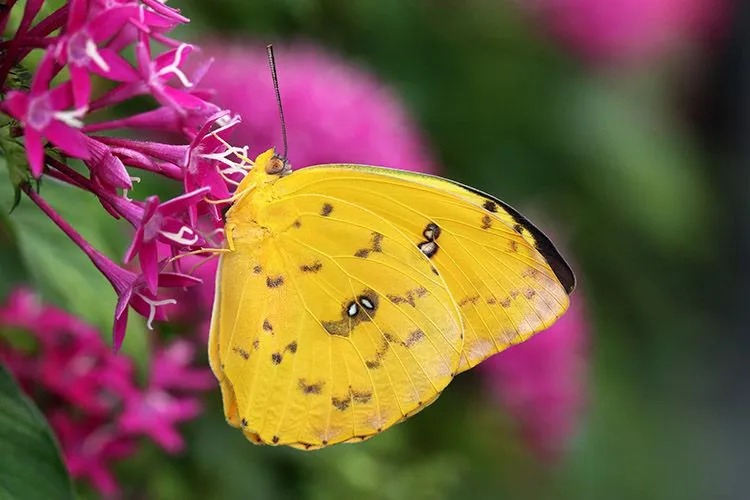
Photo credit: Butterflies In My Garden
Host plant: Sennas
Wingspan: 2.7 – 4″
7. Julia
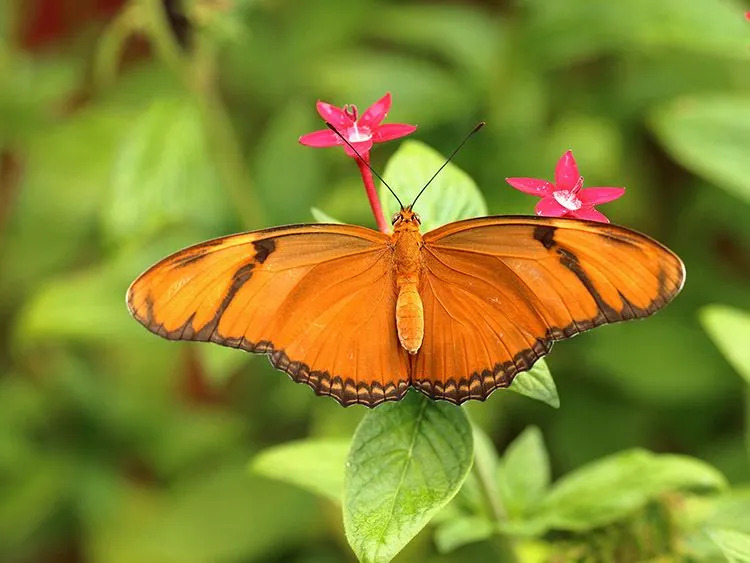
Photo credit: Butterflies In My Garden
Host plant: Passionvines
Wingspan: 3.3 – 3.7″
8. Black Swallowtail
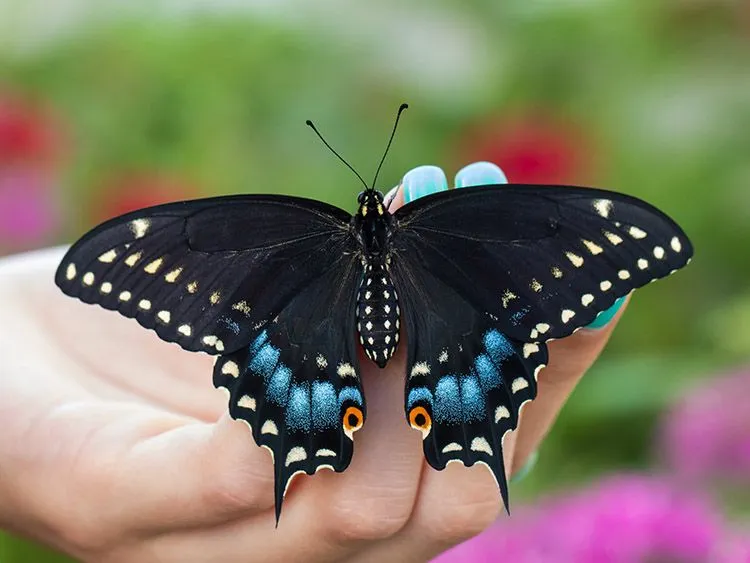
Photo credit: Butterflies In My Garden
Host plant: Dill, fennel, parsley, rue
Wingspan: 3.2 – 4.5″
9. Martial Scrub-Hairstreak
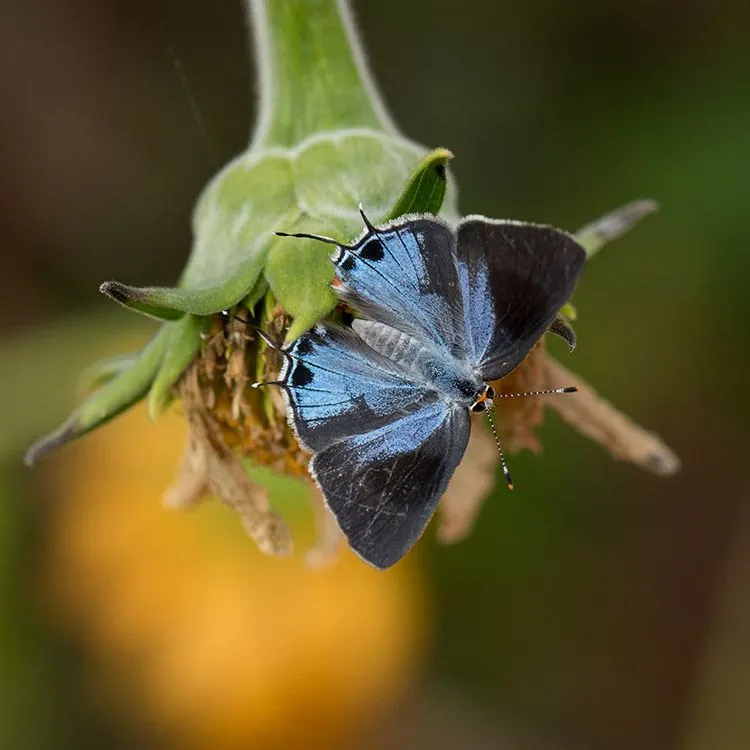
Photo credit: Butterflies In My Garden
Host plant: Bay cedar, necklace pod, nickerbean, buttonwood
Wingspan: 1.1 – 1.4″
10. Great Southern White
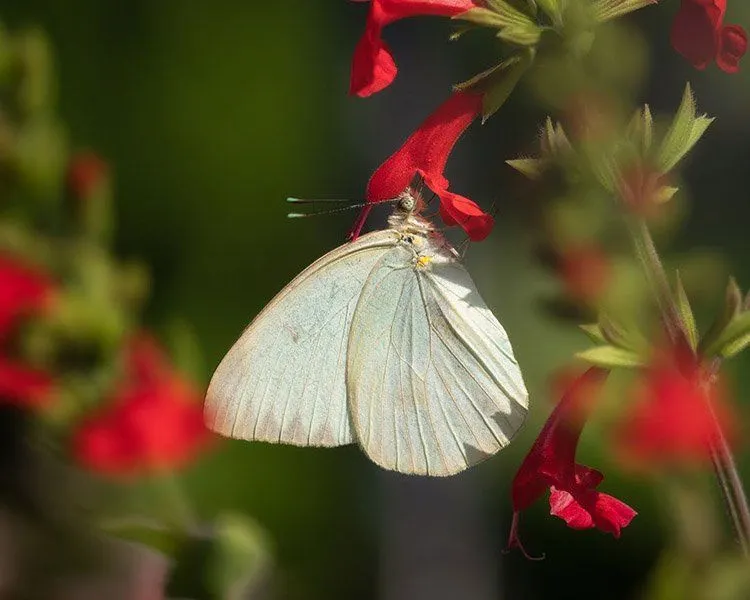
Photo credit: Butterflies In My Garden
Host plant: Limber capertree, peppergrass, saltwort
Wingspan: 2.5 – 3.4″
11. Gulf Fritillary
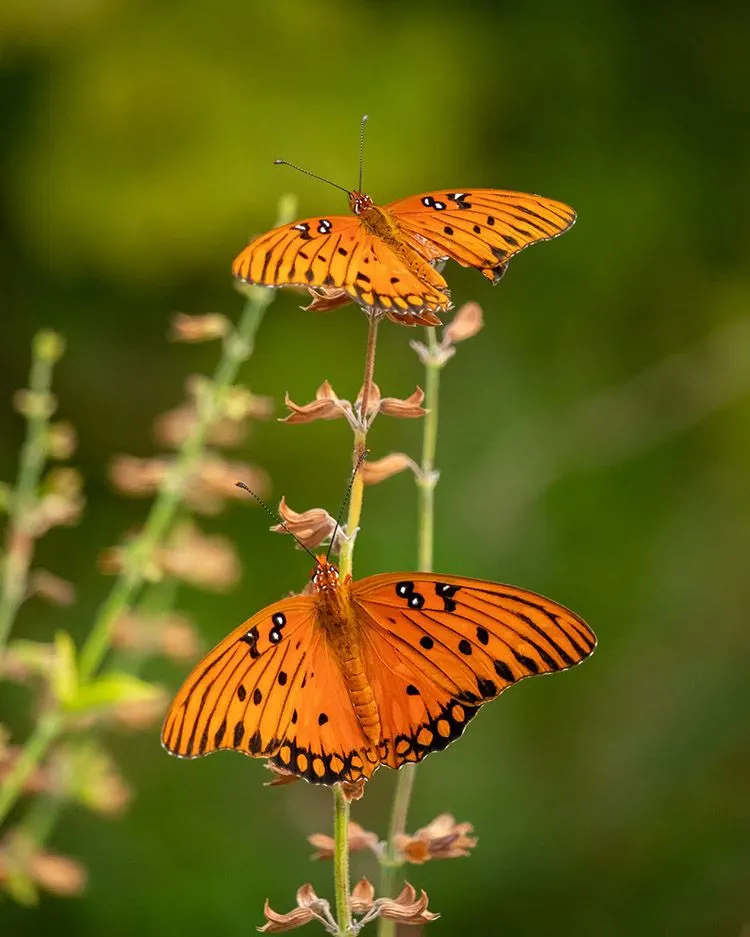
Photo credit: Butterflies In My Garden
Host plant: Passionvines
Wingspan: 2.6 – 3.8″
12. Atala
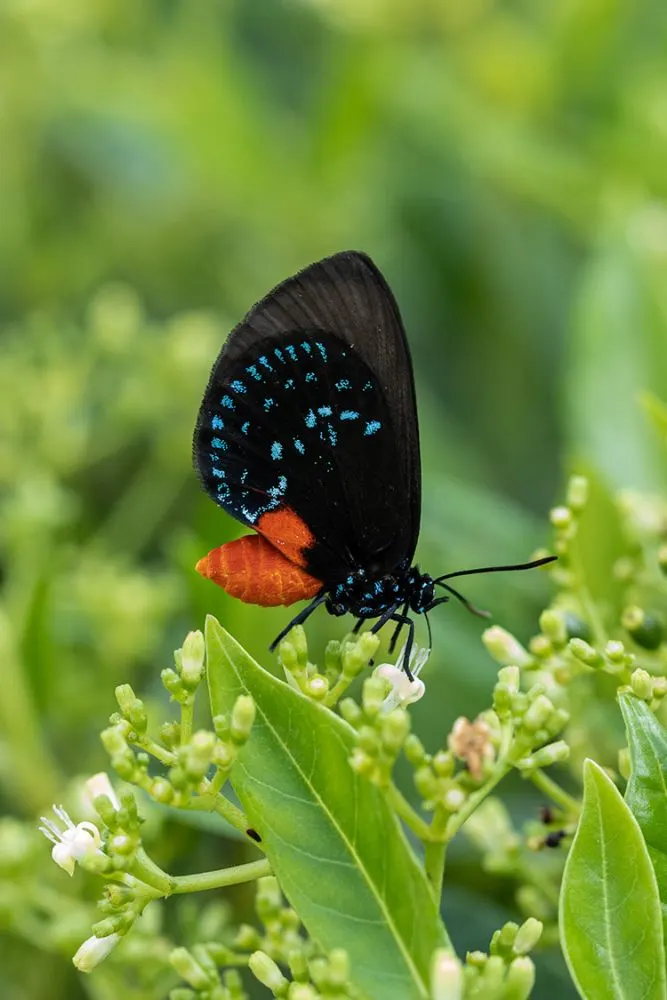
Photo credit: Butterflies In My Garden
Host plant: Coontie
Wingspan: 1.6 – 2″
13. Cassius Blue
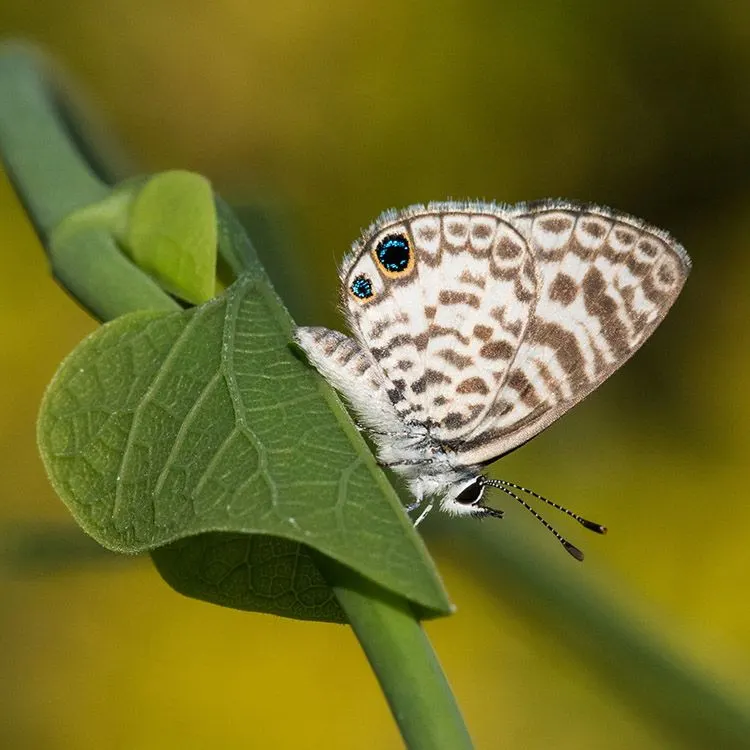
Photo credit: Butterflies In My Garden
Host plant: Cowpea, milkpeas, leadwort
Wingspan: 0.8 – 1.3″
14. Polydamas Swallowtail
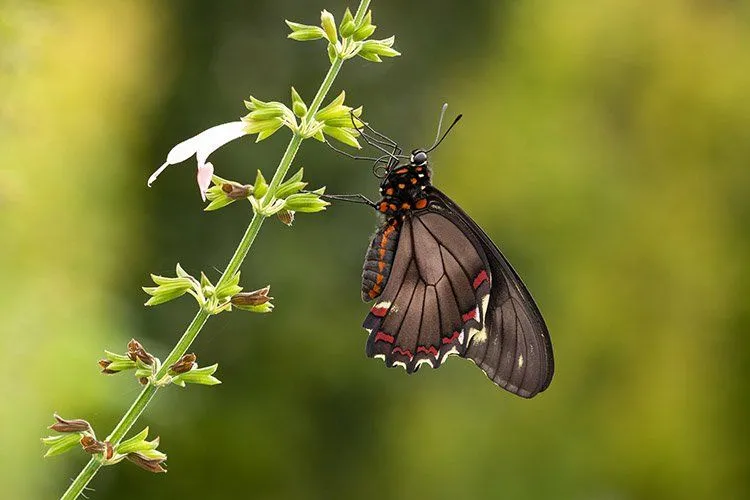
Photo credit: Butterflies In My Garden
Host plant: Pipevines
Wingspan: 3.7 – 4.6″
15. Ceraunus Blue
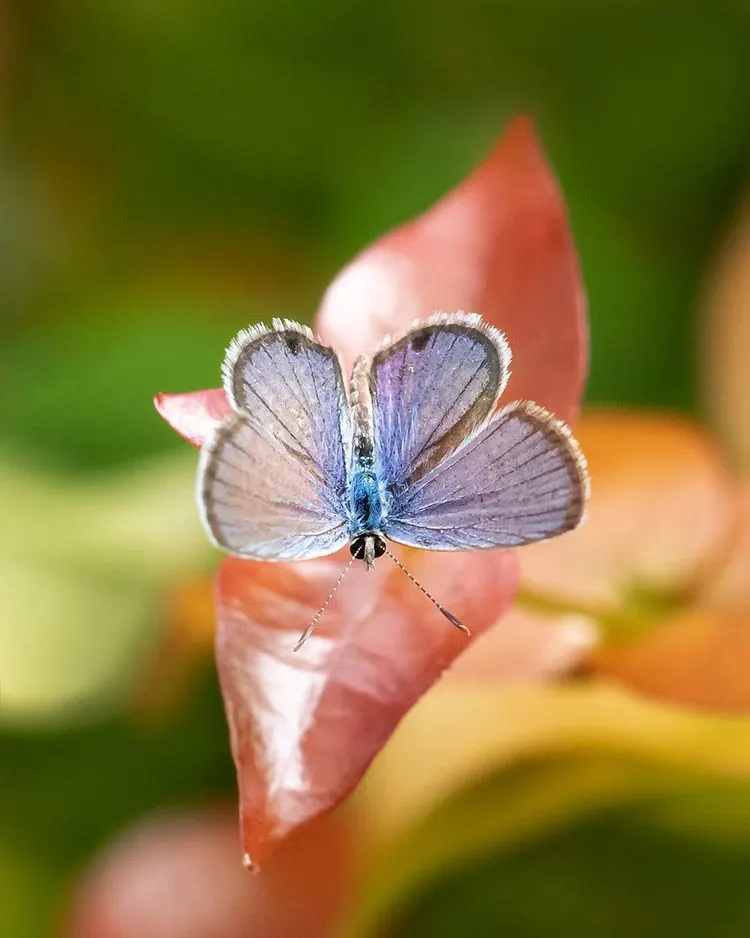
Photo credit: Butterflies In My Garden
Host plant: Acacias, bundleflower, milkpeas
Wingspan: 0.8 – 1.1″
16. Monarch
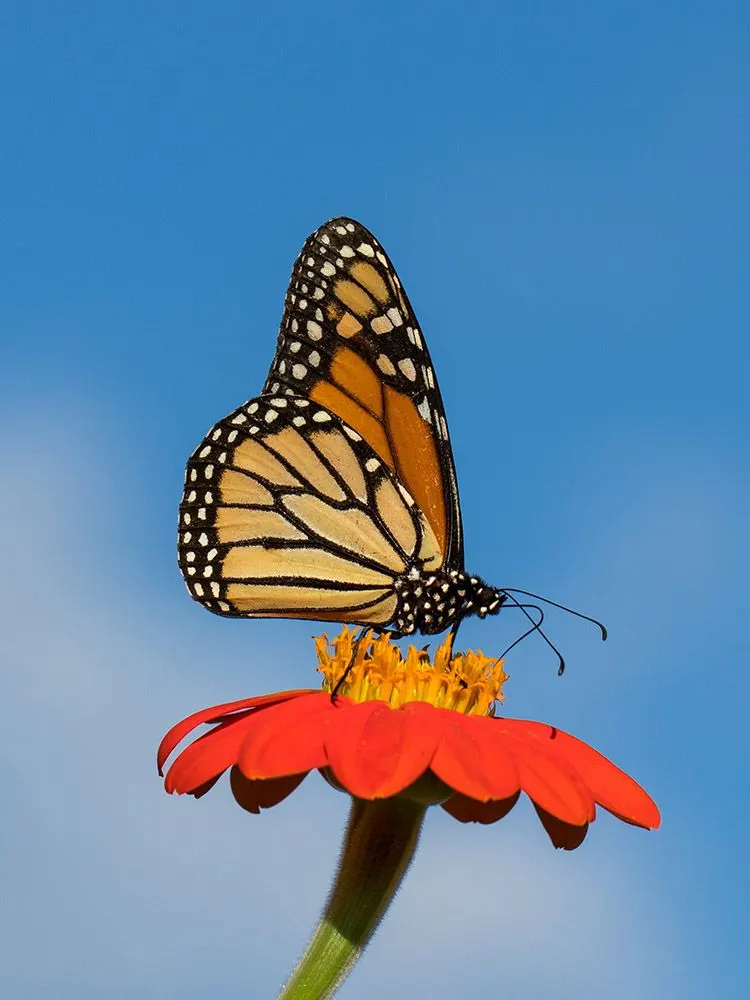
Photo credit: Butterflies In My Garden
17. Monarch
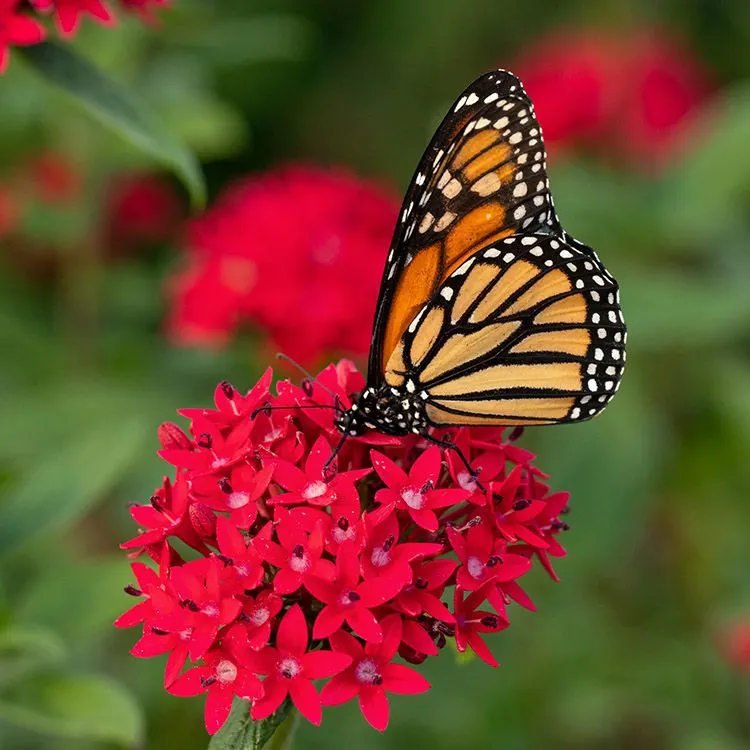
Photo credit: Butterflies In My Garden
18. Monarch
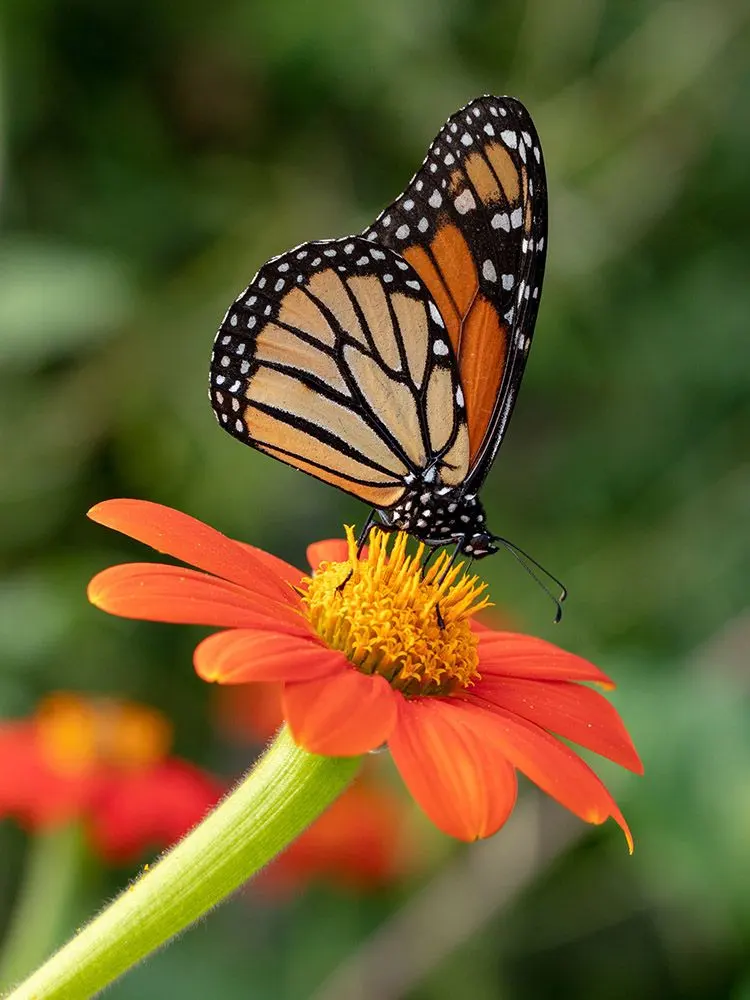
Photo credit: Butterflies In My Garden
19. Zebra Heliconian
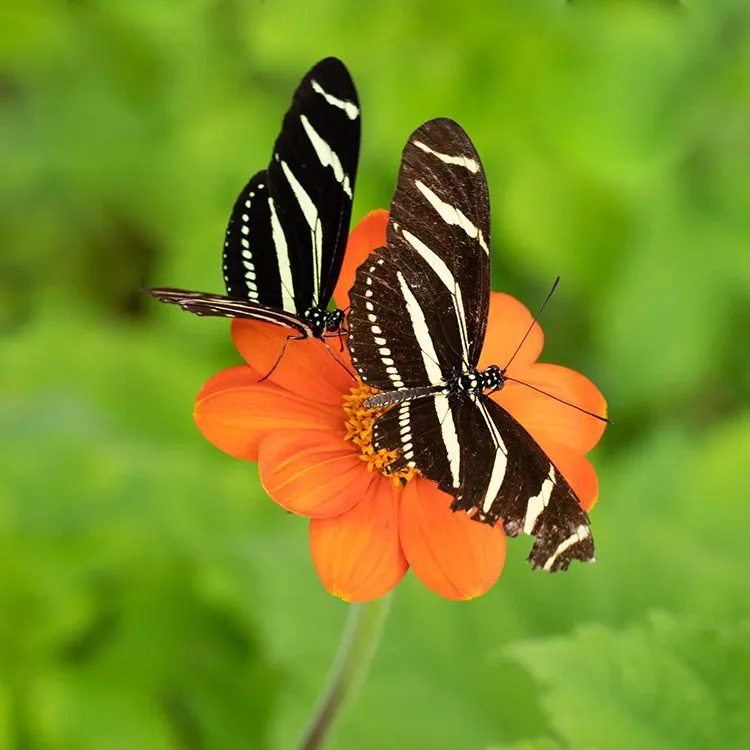
Photo credit: Butterflies In My Garden
Zebras are social butterflies. In the late afternoon, they roost together in groups of up to 60 butterflies in a single stem where they spend the night.
20. Zebra Heliconian
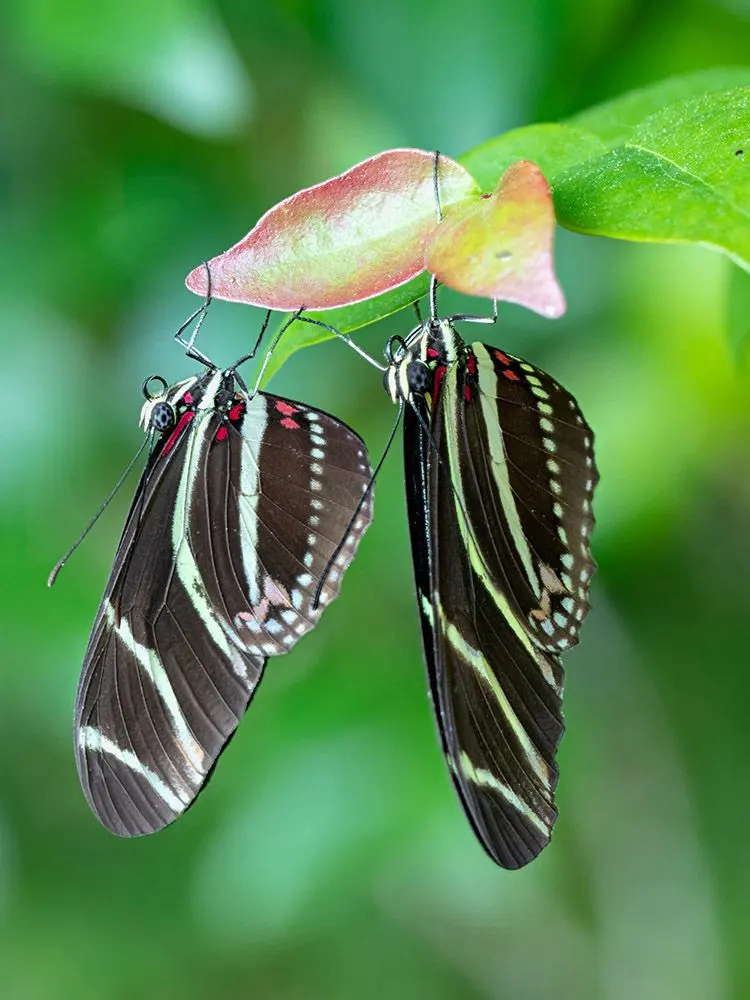
Photo credit: Butterflies In My Garden
21. Zebra Heliconian
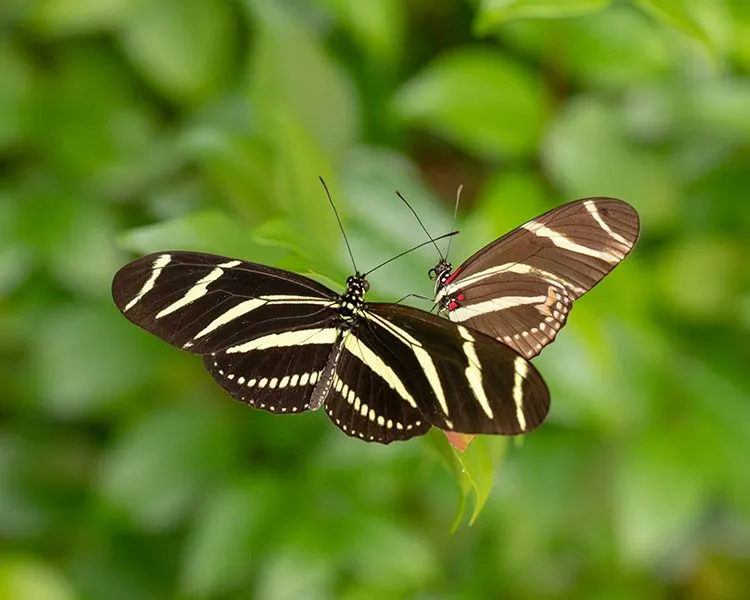
Photo credit: Butterflies In My Garden
22. Orange-Barred Sulphur

Photo credit: Butterflies In My Garden
23. Gulf Fritillary
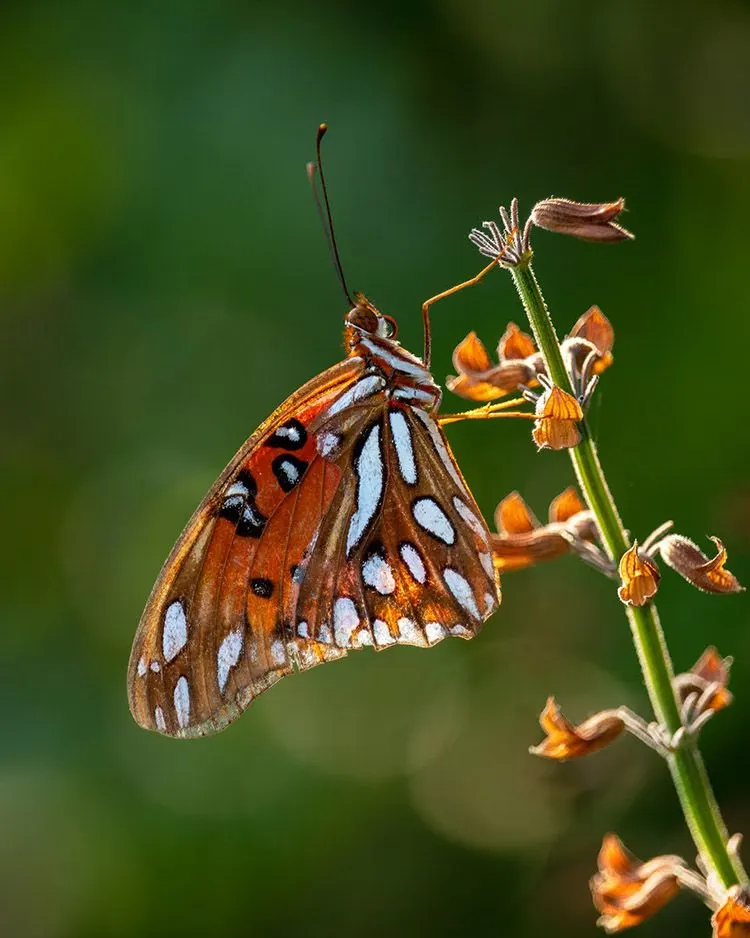
Photo credit: Butterflies In My Garden
24. Gulf Fritillary
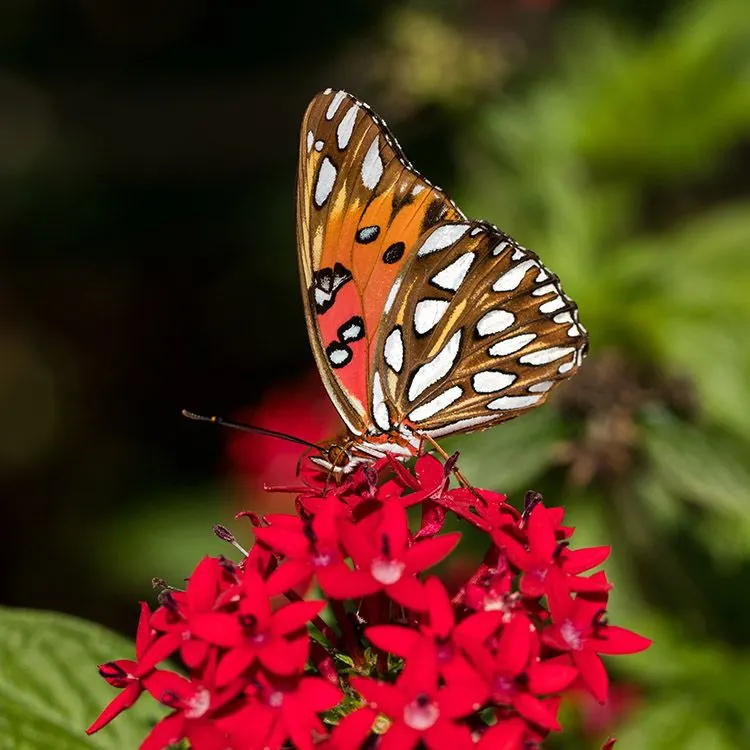
Photo credit: Butterflies In My Garden
25. Giant Swallowtail
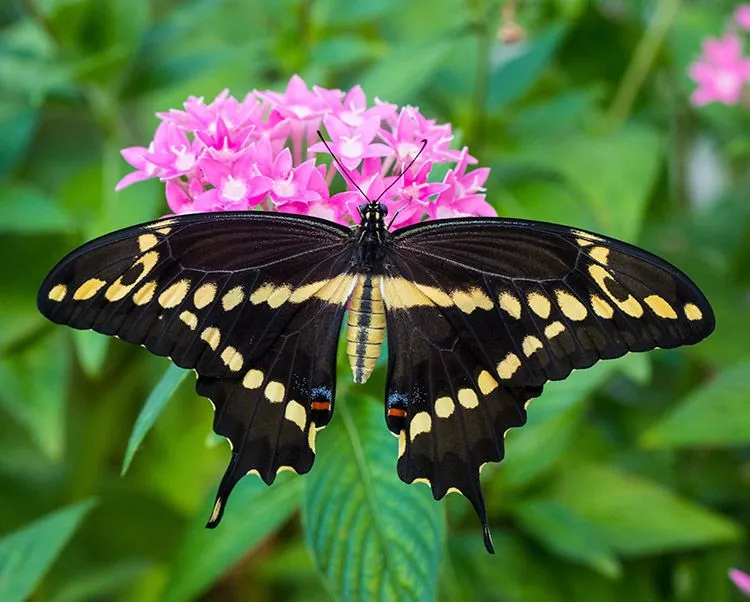
Photo credit: Butterflies In My Garden
26. Giant Swallowtail
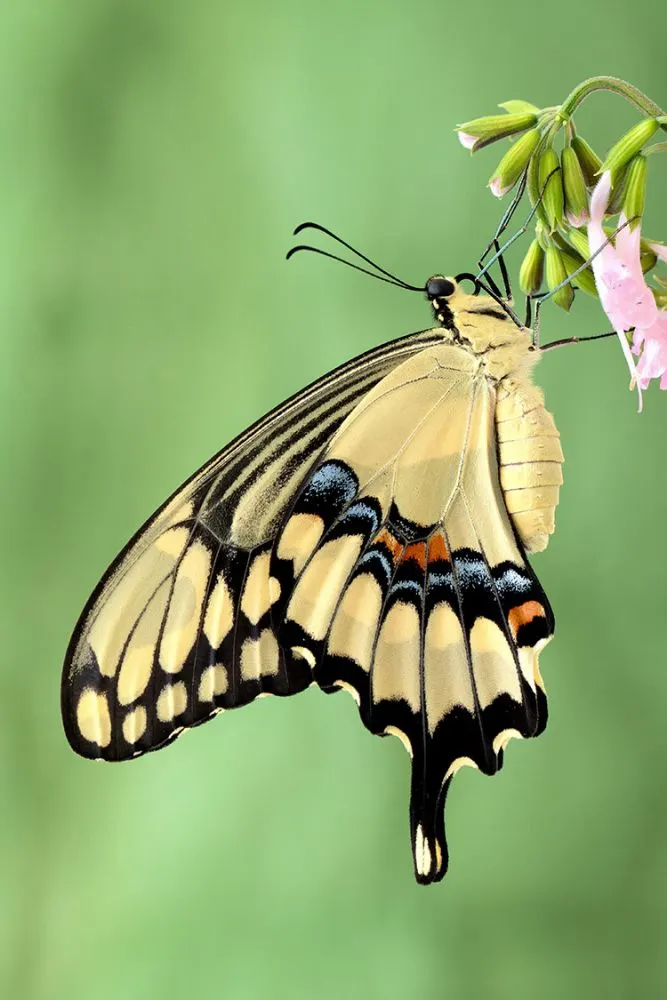
Photo credit: Butterflies In My Garden
27. Giant Swallowtail
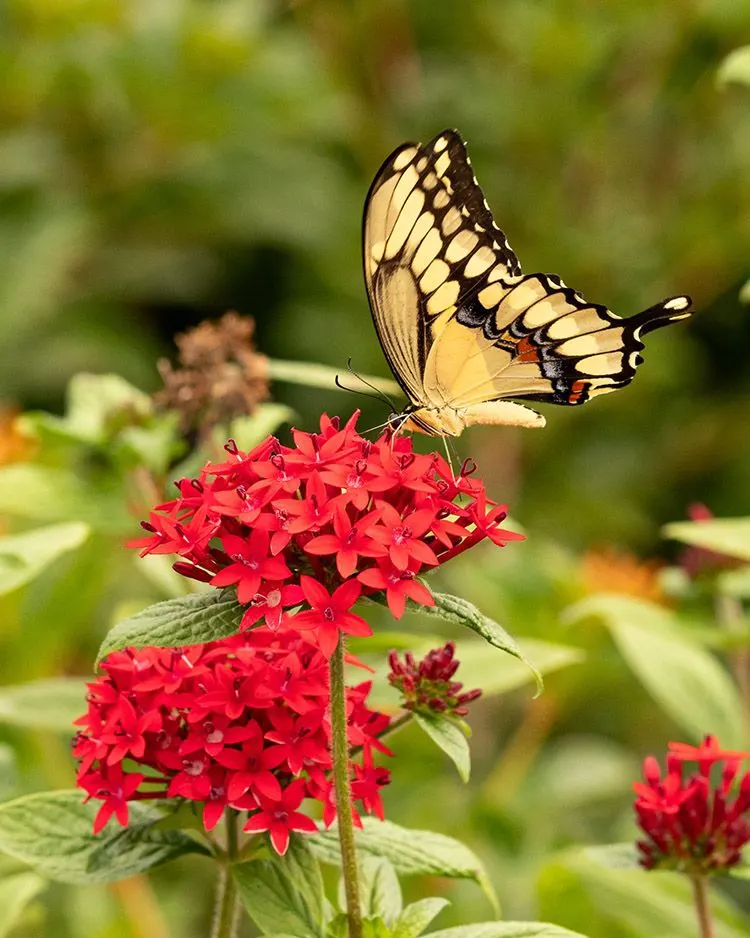
Photo credit: Butterflies In My Garden
28. Black Swallowtail
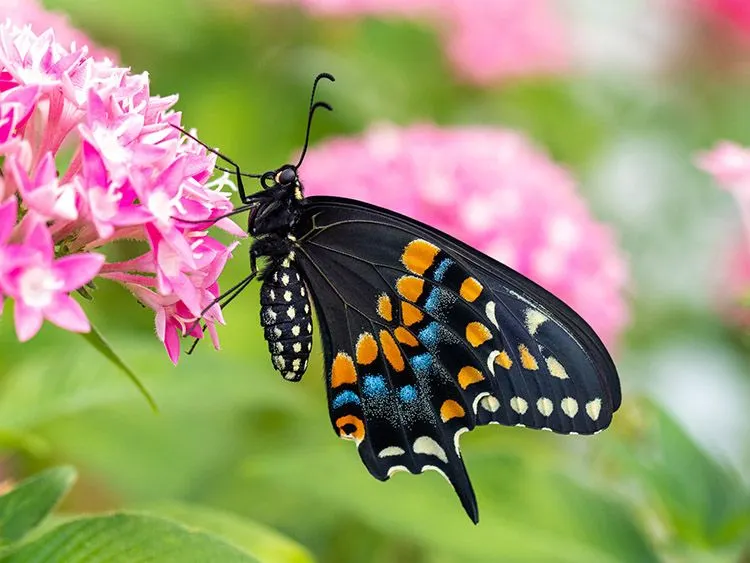
Photo credit: Butterflies In My Garden
29. White Peacock
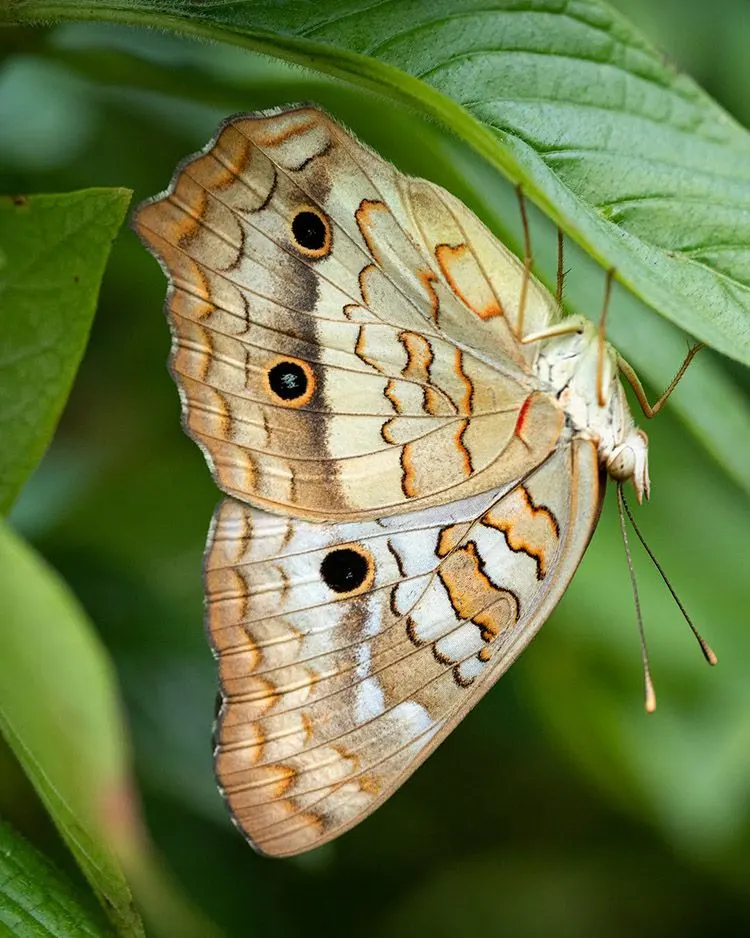
Photo credit: Butterflies In My Garden
30. Martial Scrub-Hairstreak
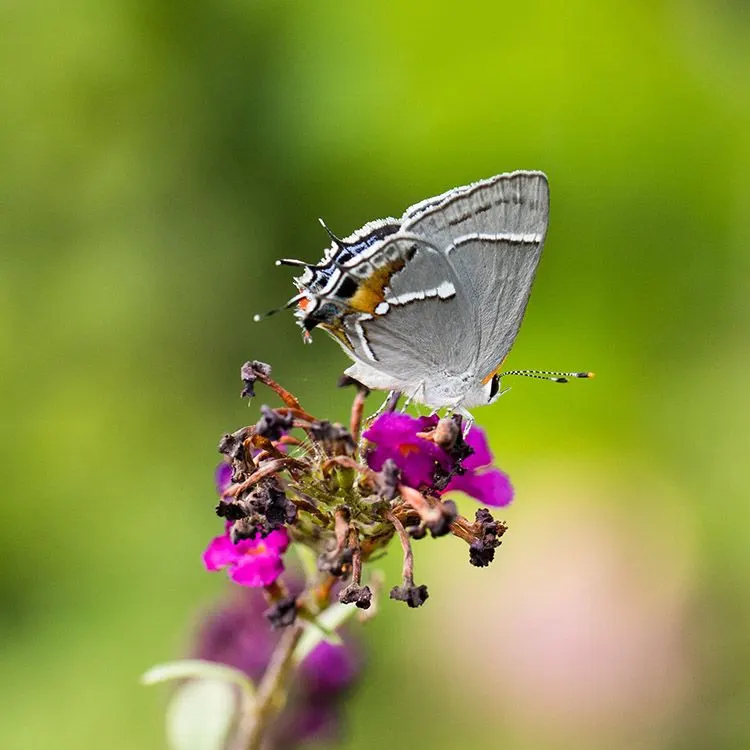
Photo credit: Butterflies In My Garden
31. Ceraunus Blue
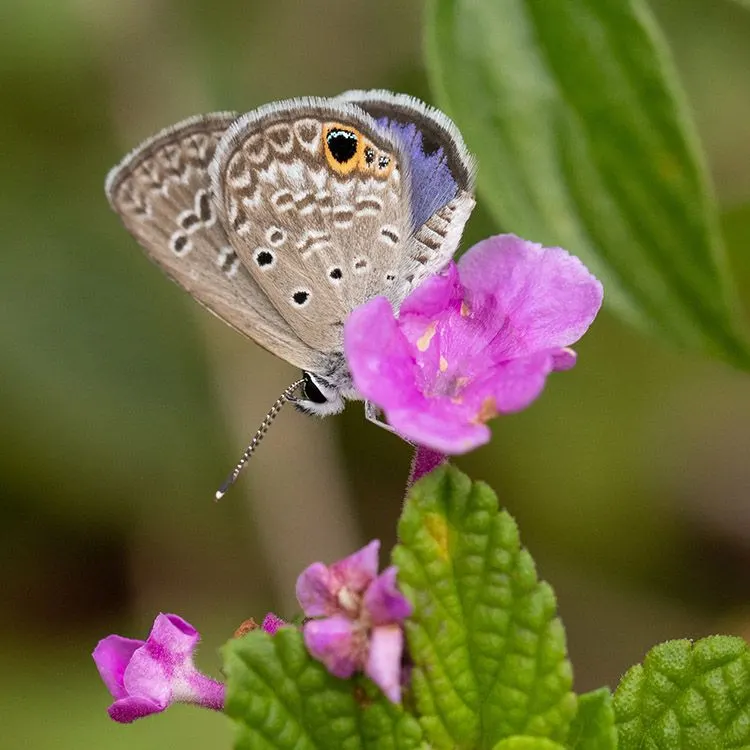
Photo credit: Butterflies In My Garden
32. Queen
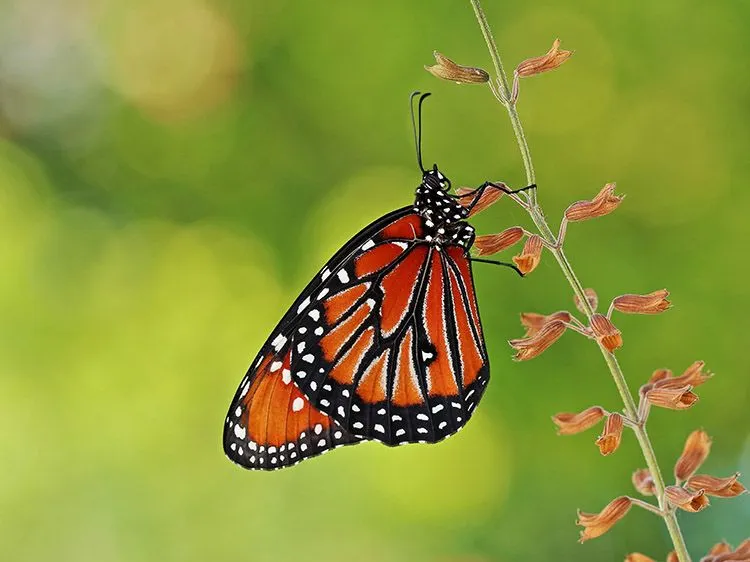
Photo credit: Butterflies In My Garden
33. Queen
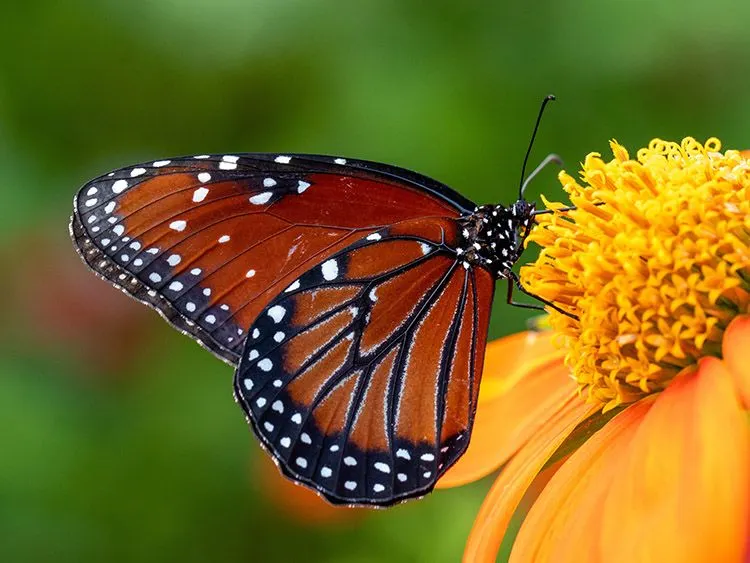
Photo credit: Butterflies In My Garden
ที่มา: https://www.top13.net/butterflies-in-my-garden/
 วิเคราะห์หวยงวดวันที่ 2 มกราคม 69 โดยใช้ AI..เลขไหนมีสิทธิ์ถูกรางวัล
วิเคราะห์หวยงวดวันที่ 2 มกราคม 69 โดยใช้ AI..เลขไหนมีสิทธิ์ถูกรางวัล เจ้าของบริษัทขายกิจการ แจกโบนัสพนักงานคนละ 443,000 ดอลลาร์
เจ้าของบริษัทขายกิจการ แจกโบนัสพนักงานคนละ 443,000 ดอลลาร์ ปิดตำนานรถ EV ราคาถูก ทิ้งลูกค้า, ดีลเลอร์ หอบเงินจากภาครัฐฯ กลับจีนหน้าตาเฉย
ปิดตำนานรถ EV ราคาถูก ทิ้งลูกค้า, ดีลเลอร์ หอบเงินจากภาครัฐฯ กลับจีนหน้าตาเฉย 10 พรรณไม้สวยพิษร้าย: ความงดงามที่ต้องแลกด้วยอันตรายถึงชีวิต
10 พรรณไม้สวยพิษร้าย: ความงดงามที่ต้องแลกด้วยอันตรายถึงชีวิต เขมรวิเคราห์ "จุดอ่อนของ T-50TH คืออะไร?"
เขมรวิเคราห์ "จุดอ่อนของ T-50TH คืออะไร?" "ซินแสดัง" เผยดวงเมืองประเทศไทย ปี 2569..ยิ่งรบ ยิ่งแข็งแกร่ง ศัตรูแพ้ราบคาบ
"ซินแสดัง" เผยดวงเมืองประเทศไทย ปี 2569..ยิ่งรบ ยิ่งแข็งแกร่ง ศัตรูแพ้ราบคาบ เปิดแฟ้มลับ 5 อันดับคดีมนต์ดำสะเทือนราชสำนักไทย
เปิดแฟ้มลับ 5 อันดับคดีมนต์ดำสะเทือนราชสำนักไทย บทเรียนรักกลางสมุทร: อดีตลูกเรือสำราญเตือนสติ ทำไม "ความรักในที่ทำงาน" บนเรือถึงเป็นดราม่าที่หนีไม่พ้น
บทเรียนรักกลางสมุทร: อดีตลูกเรือสำราญเตือนสติ ทำไม "ความรักในที่ทำงาน" บนเรือถึงเป็นดราม่าที่หนีไม่พ้น เปิดตำนานอาถรรพ์ "ปู่โสมเฝ้าทรัพย์" แห่งวัดกุฎีดาว: ความลี้ลับที่อยู่คู่แผ่นดินอยุธยา
เปิดตำนานอาถรรพ์ "ปู่โสมเฝ้าทรัพย์" แห่งวัดกุฎีดาว: ความลี้ลับที่อยู่คู่แผ่นดินอยุธยา เจ็บ 5 ราย หลังเกิดเหตุกราดยิง ในกรุงวอชิงตัน
เจ็บ 5 ราย หลังเกิดเหตุกราดยิง ในกรุงวอชิงตัน ใครที่ยังตั้งรหัสผ่านง่ายๆ รีบเปลี่ยนด่วน! เพราะไม่ปลอดภัยอาจโดนเจาะได้
ใครที่ยังตั้งรหัสผ่านง่ายๆ รีบเปลี่ยนด่วน! เพราะไม่ปลอดภัยอาจโดนเจาะได้ 5 จอมโจรขมังเวทแห่งที่ราบสูง: ตำนานเสือร้ายภาคอีสานที่โลกต้องจดจำ
5 จอมโจรขมังเวทแห่งที่ราบสูง: ตำนานเสือร้ายภาคอีสานที่โลกต้องจดจำ 'ภิกษุณี' สตรีที่ผ่านการอุปสมบทอย่างสมบูรณ์ในพระพุทธศาสนา
'ภิกษุณี' สตรีที่ผ่านการอุปสมบทอย่างสมบูรณ์ในพระพุทธศาสนา อศาสนิก SBNR (Spiritual But Not Religious) เชื่อเรื่องธรรม จิตวิญญาณ แต่ไม่นับถือศาสนา
อศาสนิก SBNR (Spiritual But Not Religious) เชื่อเรื่องธรรม จิตวิญญาณ แต่ไม่นับถือศาสนา เจาะระบบเตือนภัย J-ALERT ระบบเตือนภัยที่ทรงพลังที่สุดในโลก
เจาะระบบเตือนภัย J-ALERT ระบบเตือนภัยที่ทรงพลังที่สุดในโลก 10 ข้อควรรู้เกี่ยวกับการเอาตัวรอดจากแผ่นดินไหวที่คุณอาจเข้าใจผิด
10 ข้อควรรู้เกี่ยวกับการเอาตัวรอดจากแผ่นดินไหวที่คุณอาจเข้าใจผิด ใครที่ยังตั้งรหัสผ่านง่ายๆ รีบเปลี่ยนด่วน! เพราะไม่ปลอดภัยอาจโดนเจาะได้
ใครที่ยังตั้งรหัสผ่านง่ายๆ รีบเปลี่ยนด่วน! เพราะไม่ปลอดภัยอาจโดนเจาะได้ 5 จอมโจรขมังเวทแห่งที่ราบสูง: ตำนานเสือร้ายภาคอีสานที่โลกต้องจดจำ
5 จอมโจรขมังเวทแห่งที่ราบสูง: ตำนานเสือร้ายภาคอีสานที่โลกต้องจดจำ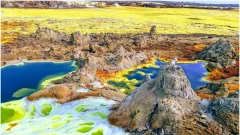 “แอ่งดานาคิล” ราวกับอยู่บนต่างดาว สถานที่สุดโหดร้ายแห่งหนึ่งของโลก
“แอ่งดานาคิล” ราวกับอยู่บนต่างดาว สถานที่สุดโหดร้ายแห่งหนึ่งของโลก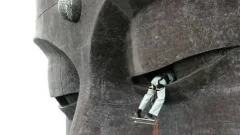 ภาพของเจ้าหน้าที่ซ่อมบำรุงหรือทีมทำความสะอาด ที่กำลังปฏิบัติงานบริเวณ "ดวงตา" ขององค์พระพุทธรูปอุชิคุ ไดบุตสึ
ภาพของเจ้าหน้าที่ซ่อมบำรุงหรือทีมทำความสะอาด ที่กำลังปฏิบัติงานบริเวณ "ดวงตา" ขององค์พระพุทธรูปอุชิคุ ไดบุตสึ เผยโฉม "Dracula’s Chivito": จานก่อกำเนิดดาวเคราะห์ที่ใหญ่ที่สุดในจักรวาลเท่าที่เคยพบ
เผยโฉม "Dracula’s Chivito": จานก่อกำเนิดดาวเคราะห์ที่ใหญ่ที่สุดในจักรวาลเท่าที่เคยพบ “ทำไมคนขยันหลายคนยังไม่ประสบความสำเร็จ? ความจริงที่ไม่มีใครบอกคุณ”
“ทำไมคนขยันหลายคนยังไม่ประสบความสำเร็จ? ความจริงที่ไม่มีใครบอกคุณ”